The Philodendron Cream Splash is a stunning variety that boasts beautiful variegated leaves with cream and green hues. This plant is perfect for adding a touch of elegance to any indoor garden. Here are some expert tips to help you grow and care for your Philodendron Cream Splash.
Introduction
The Philodendron Cream Splash is a member of the aroid plant family, which includes popular varieties like Monstera, Anthurium, and Aglaonema. Native to the tropical rainforests of Central and South America, this plant is prized for its unique variegated leaves that feature shades of cream and green. Similar to Epipremnum and Syngonium, the Philodendron Cream Splash is not only beautiful but also relatively easy to care for.
What is Philodendron Cream Splash?
Philodendron Cream Splash is a hybrid plant created by crossing two different Philodendron species. This hybrid plant is a slow-growing, evergreen perennial that can reach a height of up to 2 meters. It has large, oval-shaped leaves that are cream-colored with green streaks. The leaves can grow up to 40 cm in length and 20 cm in width.

Characteristics of Philodendron Cream Splash
The Philodendron Cream Splash, known for its striking variegated foliage, is a popular houseplant that adds a touch of elegance to any indoor setting. Here are its key characteristics:
- Foliage: The most notable feature of the Philodendron Cream Splash is its leaves. They display a beautiful variegation of cream, white, and green. The patterns can vary significantly from leaf to leaf, making each one unique.
- Leaf Shape: The leaves are typically heart-shaped or elongated, consistent with many Philodendron species.
- Growth Habit: It exhibits a trailing or climbing habit, making it an excellent choice for hanging baskets or when trained on a trellis or moss pole.
- Size: When grown indoors, it can reach a considerable length if allowed to trail or climb, but it’s generally manageable and can be pruned to maintain a desired size.
Benefits of Philodendron Cream Splash
- Low Maintenance: Philodendron Cream Splash is a low-maintenance plant that can be grown indoors with minimal care.
- Air Purification: Like all philodendrons, the Philodendron Cream Splash helps to purify the air by removing toxic pollutants such as formaldehyde, benzene, and trichloroethylene.
- Stunning Appearance: The cream and green variegated leaves of the Philodendron Cream Splash make it a beautiful addition to any home or office.
- Easy to Propagate: Philodendron Cream Splash is easy to propagate from stem cuttings, making it an affordable option for those who want to grow a collection of these plants.

How to Care for Philodendron Cream Splash
- Light: Philodendron Cream Splash prefers bright, indirect light but can also tolerate low light conditions.
- Water: Water the plant regularly, allowing the soil to dry out slightly between waterings. Overwatering can lead to root rot, so be sure to drain any excess water.
- Humidity: Philodendron Cream Splash prefers high humidity, so mist the leaves regularly or place a tray of water near the plant.
- Soil: The plant prefers well-draining, rich soil. You can mix equal parts of peat moss, perlite, and vermiculite for optimal growing conditions.
- Fertilizer: Feed the plant every 2-4 weeks with a balanced, water-soluble fertilizer during the growing season.
Philodendron species are the most sought after by aroid plant lovers
Pruning Philodendron Cream Splash
Pruning is an important part of caring for Philodendron Cream Splash. Pruning helps to promote new growth and keep the plant looking its best. Prune the plant by removing yellow or damaged leaves and cutting back leggy stems.
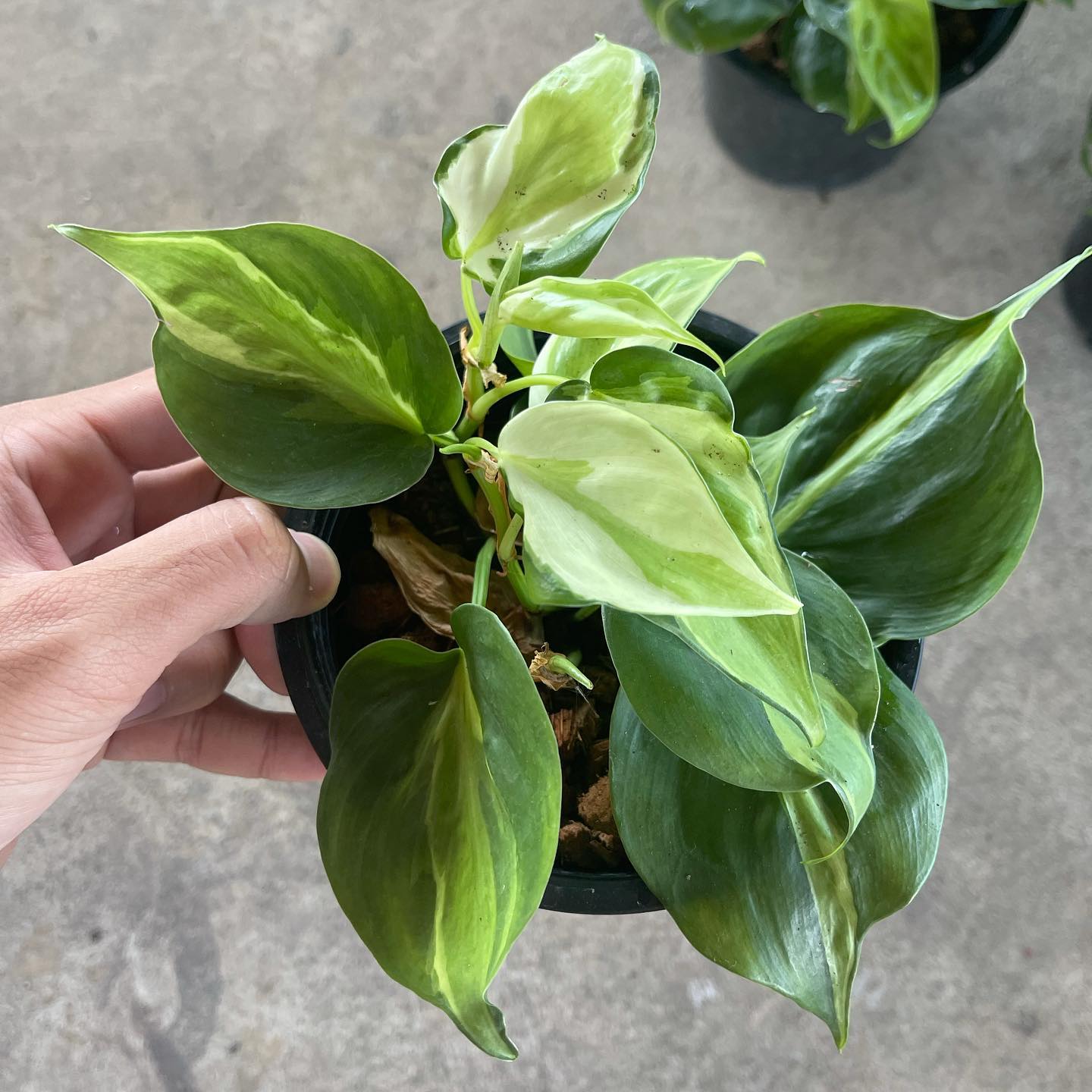
Common Problems with Philodendron Cream Splash
- Yellow Leaves: Yellow leaves can indicate over-watering or a lack of nutrients. Be sure to allow the soil to dry out between waterings and fertilize the plant regularly.
- Leaf Drop: Leaf drop can occur if the plant is not receiving enough light or if the temperature is too low. Move the plant to a brighter location or increase the temperature in the room.
- Pests: Philodendron Cream Splash is susceptible to pests such as spider mites and mealybugs. Regularly inspect the plant for signs of pests and treat with an appropriate insecticide if necessary. If you’re encountering issues with pests, see more our comprehensive care guide
Conclusion
Philodendron Cream Splash is a beautiful and low-maintenance plant that is a great addition to any home or office. With its cream and green variegated leaves, it is sure to be a stunning focal point in any room. Proper care is essential to keeping your Philodendron Cream Splash healthy and thriving. Make sure to provide the plant with bright, indirect light, regular watering, high humidity, and rich soil. Pruning and treating for pests are also important aspects of care. With a little attention and care, your Philodendron Cream Splash will be a stunning and long-lasting addition to your home or office.
FAQs
- Can Philodendron Cream Splash grow in low light conditions? Yes, Philodendron Cream Splash can tolerate low light conditions, but it prefers bright, indirect light.
- How often should I water my Philodendron Cream Splash? Water your Philodendron Cream Splash regularly, allowing the soil to dry out slightly between waterings. Overwatering can lead to root rot, so be sure to drain any excess water.
- What type of soil is best for Philodendron Cream Splash? The best soil for Philodendron Cream Splash is a well-draining, rich soil. You can mix equal parts of peat moss, perlite, and vermiculite for optimal growing conditions.
- How often should I fertilize my Philodendron Cream Splash? Feed your Philodendron Cream Splash every 2-4 weeks with a balanced, water-soluble fertilizer during the growing season.
- How do I treat pests on my Philodendron Cream Splash? Regularly inspect your Philodendron Cream Splash for signs of pests such as spider mites and mealybugs. If necessary, treat with an appropriate insecticide.

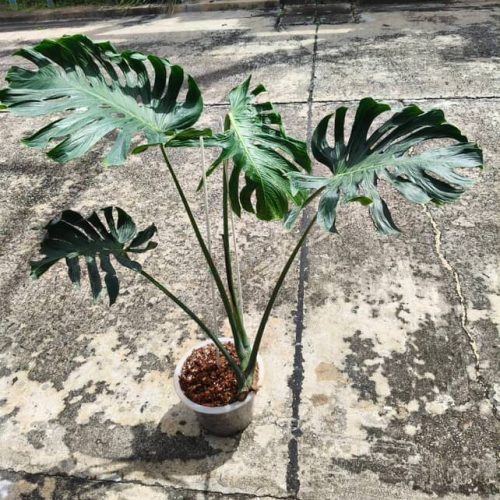
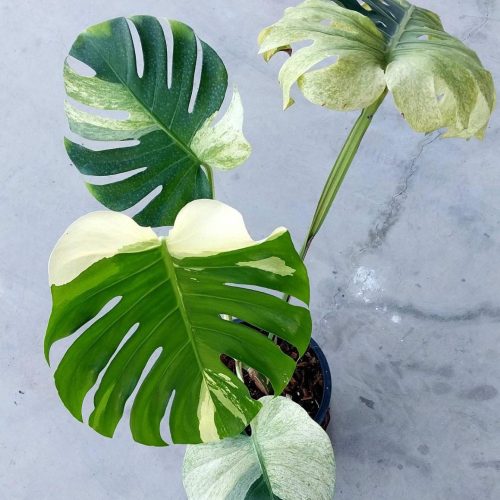



![12x Monstera Borsigiana Albo half leaves variegata [3-4 leaves]](https://greenboog.com/wp-content/uploads/2024/10/Monstera-Borsigiana-Albo-half-leaves-variegata-1-500x500.jpg)
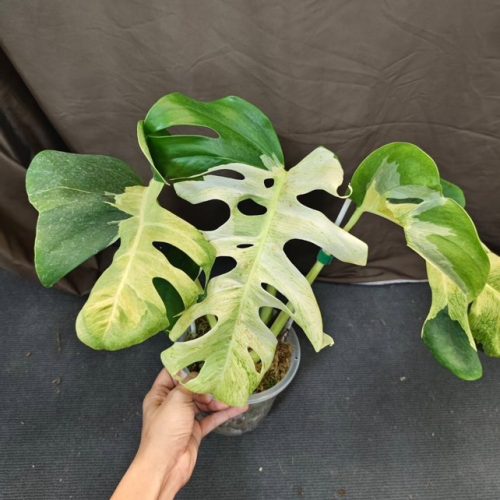

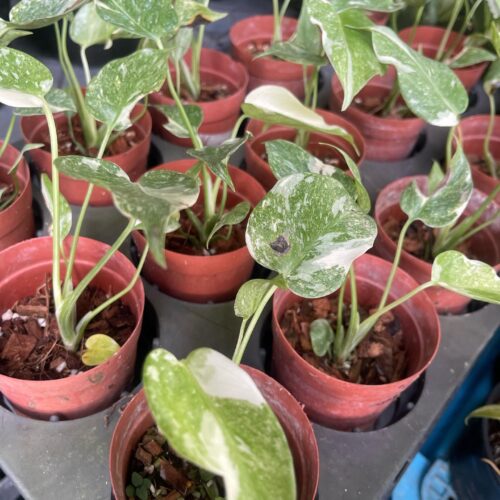
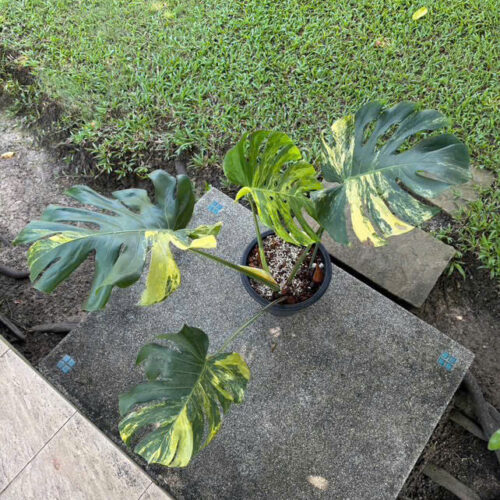
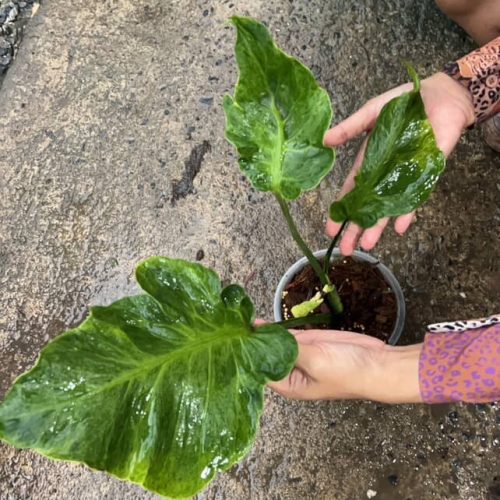
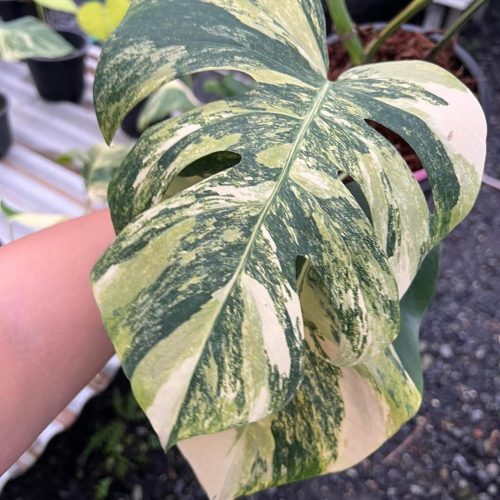

![10 Pots x Monstera Aurea Variegated / Mix Aurea tri color 3-4 leaves [well variegated]](https://greenboog.com/wp-content/uploads/2024/08/Monstera-Aurea-Tri-color-500x500.jpg)

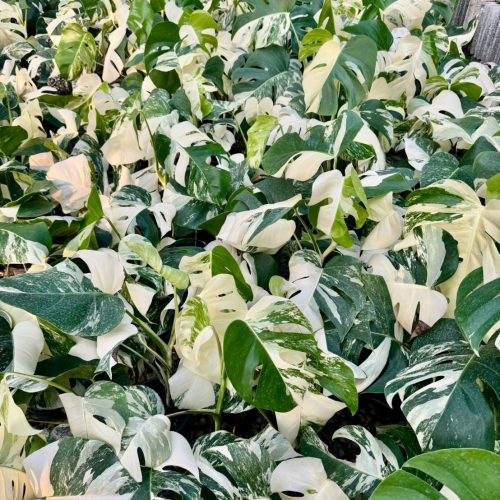
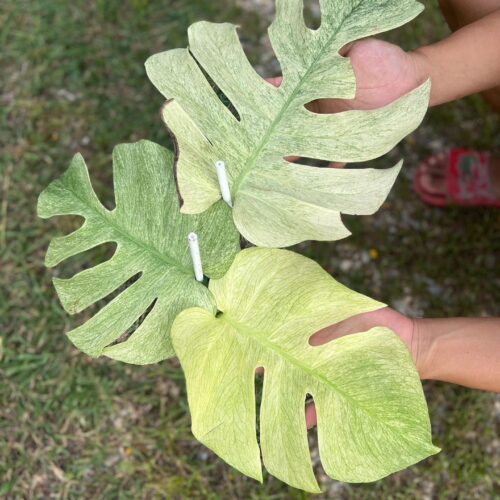
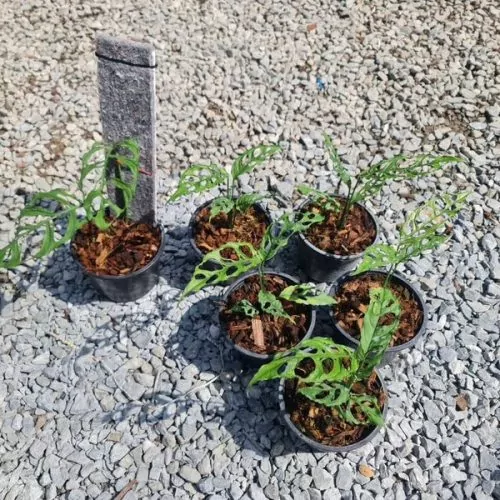
![[SALE] 10 Pots x Monstera Aurea Variegated 3-6 leaves [Medium size]](https://greenboog.com/wp-content/uploads/2025/01/Monstera-Aurea-variegated-4-6-leafs-500x482.jpg)





















